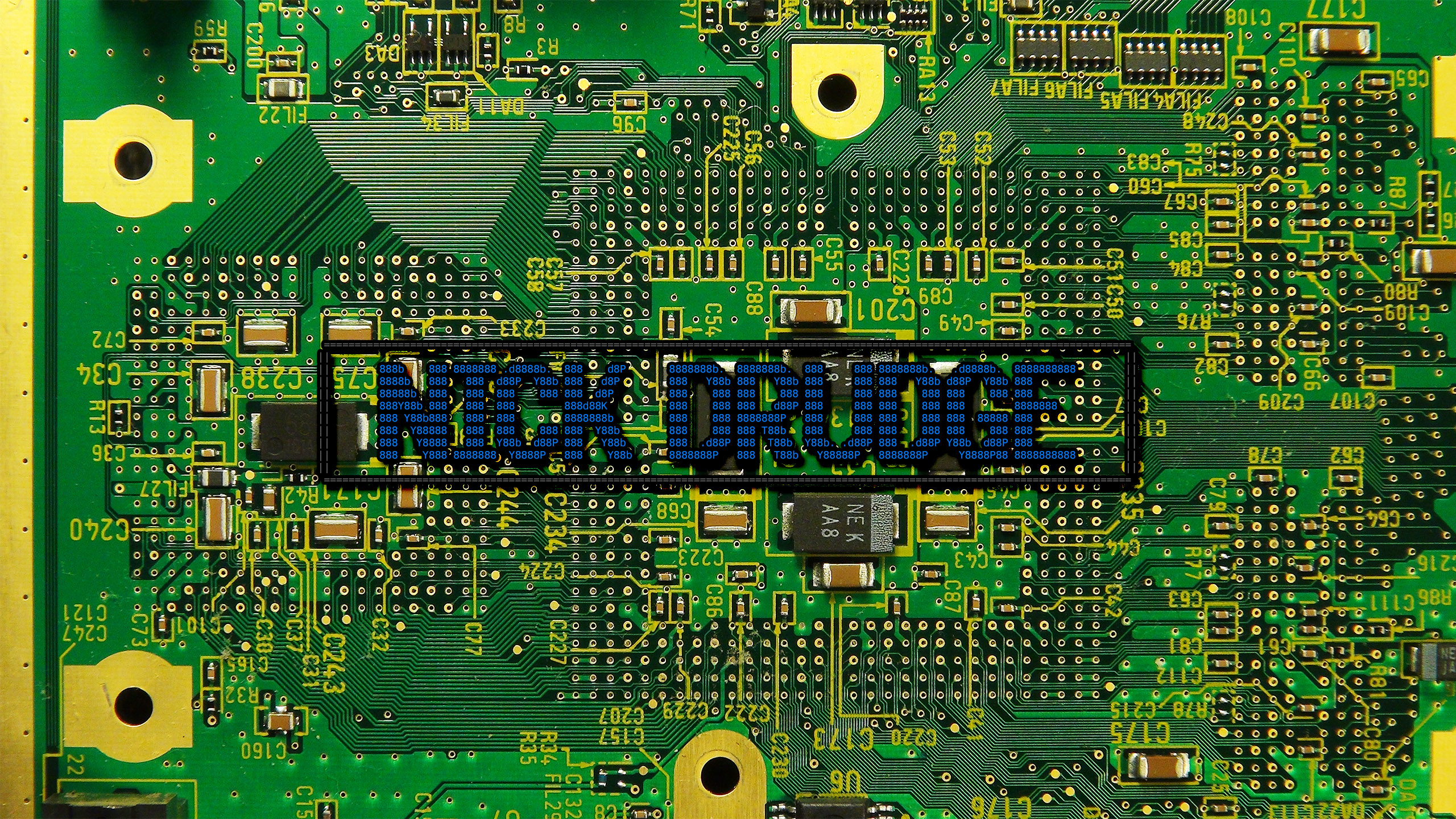Choosing Your First DSLR
Years ago I wanted to finally have a DSLR for photography. After countless hours of research, Canon looked like the universally appealing option. So yup, Canon T5. After picking it up, I have no idea why anyone suggested it. It’s not a terrible camera, there are just so many quirks it hurts. It was quite simple when a friend wanted a camera what I would suggest they get, the Nikon D3300. After playing with it, any price difference is far and justified.
The Nikon feels more professional, while holding your hand if you want it to. The screen has some of the most useful tips and explanations for the beginner, yet none of it gets in the way of a seasoned pro. The Canon has no tips or hand holding features, yet feels less pro regardless.
Image quality goes to the Nikon in all cases, both in specs and in real world. Noise becomes visible quickly on the Canon, the Nikon being able to go about double the ISO, or about twice as dark before getting the same amount of noise. Most other technical specs are complicated buzz words, but the Canon basically loses on all points. Yes it is cheaper, but most of the other trade-offs are what does it for me, not specifically the image quality. There is nothing wrong with the Canon’s sensor. It is very good and won’t be a hindrance.
The Nikon kit lens is less quirky, more compact, quieter, and seems to focus faster than the Canon kit lens. I do have some lens recommendations if you are able to buy just a body, used or new. The article will be here soon.
Video is vastly superior on the Nikon as well.; The Canon only wins with allowing you to change your aperture while filming, while the Nikon requires some fiddling to change it. To record video on the Canon, you have to rotate that dial all the way to Movie mode, then hit the live view/record button. If you are on Manual, this can take a nice amount of work as you have to go the full range.; The Nikon only requires going to live view, and then hitting a dedicated record button. Compare to a mirrorless camera like the Sony A7 ii which has a dedicated record button that can be used in all modes, not just Movie mode. The 60 frames per second in 1080p on the Nikon is welcome in a world moving to 60fps content. For future video quality, you can add an external video recorder, which works seamlessly on the Nikon, and the Canon it isn’t even an option. On most lower end Canon cameras, they don’t show the full frame out of the HDMI, and they also bake in the zoom rectangle. It can almost be disabled by switching to facial recognition, but guess what, if a face comes on screen, rectangle. If you do more than “quickly” record kids or pets, don’t even consider low end Canon, there isn’t really an upgrade path.
The typical argument for Canon is lenses. Yes Canon has a hefty pro lens market. But nothing I would consider buying that Nikon doesn’t have. On the low end side, you are probably going to be third party, and those lenses are identical across all camera manufacturers. If you are a thrifty person and like using much older, probably manual, used lenses, Canon only natively supports lenses made from the 80s and later, but Nikon has used a relatively untouched F mount since the 60s. Yes a portion of the oldest lenses can cause damage if mounted on a new body, but in general, there is a wider selection of cheaper, older, manual lenses on Nikon. Now if you like using lenses for other cameras, Nikon loses. It has a very long “flange focal distance”, which is fancy talk for space between the lens mount and the film or image sensor. An adapter has to fit in-between the mount and the lens, and if that total is greater than what the lens expects, you can’t focus properly. There are adapters that have glass to correct, but that degrades image quality and is easier to avoid if possible. Canon has a slightly shorter flange focal distance, so it can mount Pentax Screw Mount Lenses, typically called “M42” on the used market. These are very popular, as they were very common during the 60s and 70s, so they are readily available and cheap. Plus the adapter for Canon is only around $10, which can get you some quite nice lenses for cheap. The problem is crop factor. I’ll have an article about adapting lenses with more detail.
The Canon lives on as a Macro photography camera, and I currently use a Sony A7 ii.

